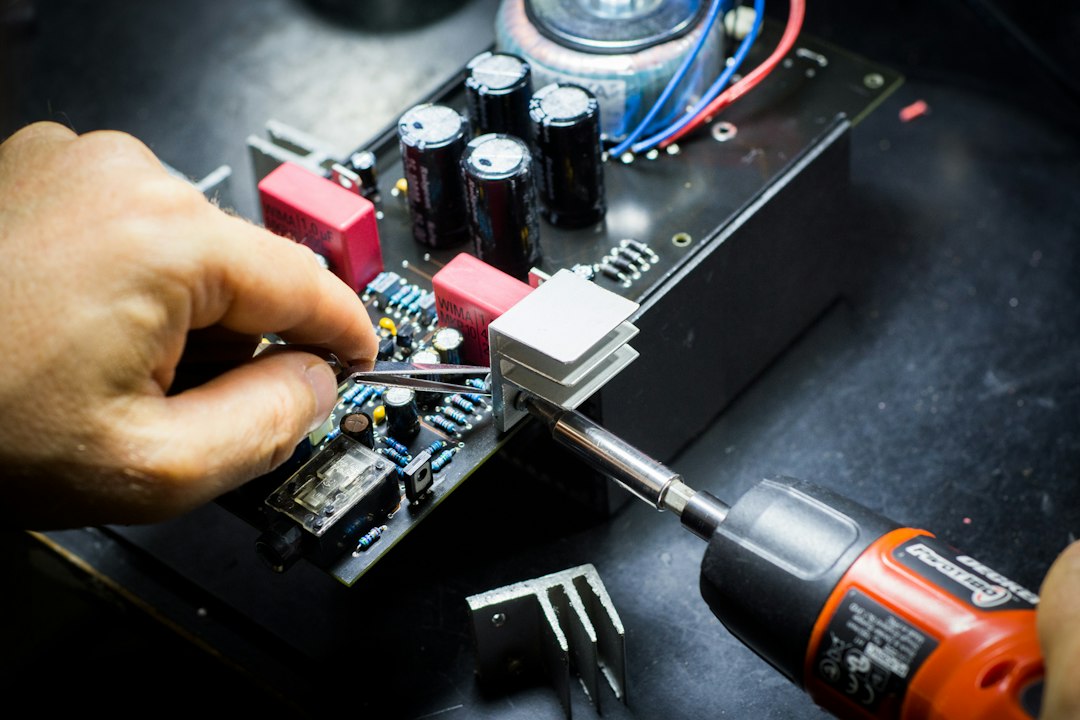How to Optimize Your Factory Layout for Maximum Productivity
In today’s competitive manufacturing landscape, increasing productivity is crucial for the success of any factory. A well-organized and optimized factory layout can play a vital role in achieving maximum efficiency. It not only enhances productivity but also improves safety, reduces waste, and minimizes operational costs. If you’re looking to make your factory more efficient, here are some key strategies to optimize your factory layout for maximum productivity.
1. Analyze your current layout
Before making any changes, evaluate your existing factory layout. Identify areas that are causing bottlenecks, hindering worker movement, or impacting work flow. Observe how materials, workers, and equipment move throughout the facility. By understanding the current shortcomings, you’ll be better equipped to design a more efficient layout.
2. Implement Lean Manufacturing principles
Lean Manufacturing principles focus on eliminating waste and streamlining processes. Apply these principles while designing or reorganizing your factory layout. Identify activities that add value to the final product and eliminate any unnecessary steps. Utilize tools such as 5S (Sort, Set in Order, Shine, Standardize, Sustain) to organize workstations, improve visual management, and reduce waste. Integrating Lean principles into your factory layout will optimize productivity and enhance overall efficiency.
3. Optimize product flow
The ultimate goal of factory layout optimization is to ensure smooth and uninterrupted product flow. Map out the entire production process and minimize movement, lifting, and transportation. Arrange equipment, machines, and workstations in a logical sequence to minimize material handling. Consider implementing a U-shaped production line or a cellular layout to reduce transit time and maximize productivity.
4. Create dedicated work zones
Designate specific areas for different work activities within your factory. This prevents confusion, reduces downtime, and improves overall efficiency. Group related tasks together so that workers have all necessary tools and equipment within reach. This reduces time spent searching for items and allows employees to focus on their tasks. Creating dedicated work zones also helps in ensuring proper segregation of materials, minimizing errors, and improving throughput.
5. Prioritize worker safety
A safe working environment is essential for maximizing productivity. Allocate sufficient space for the movement of workers and materials, ensuring there are no obstacles or hazards along their paths. Implement safety measures such as proper signage, non-slip flooring, ergonomic workstations, and well-defined emergency exits. Promote a safety culture among employees to mitigate accidents and downtime caused by injuries.
6. Consider equipment placement
Carefully consider the placement of machinery and equipment within your factory. Position them in a way that optimizes workflow, reduces material handling, and minimizes operator fatigue. Ensure that machines are easily accessible for maintenance and repairs. Strategically locate equipment based on usage frequency and build redundancies to avoid bottlenecks in case of breakdowns.
7. Plan for future growth and flexibility
Your factory layout should be adaptable and scalable to accommodate future growth and changes in production requirements. Allow for additional space or modular expansions as your business expands. Design production lines that can be easily modified or reconfigured to support product variations or new manufacturing processes. This flexibility will help you stay ahead of market demands and efficiently respond to changing customer needs.
8. Use technology to your advantage
Leverage technology to further optimize your factory layout. Implement automation and robotics to reduce manual labor and increase output. Utilize software and digital tools for better planning, simulation, and visualization of your factory layout. This aids in solving any bottlenecks or inefficiencies before implementing physical changes. Incorporating technology enables you to achieve higher productivity levels and reduce human errors.
In conclusion, optimizing your factory layout is a vital step towards maximizing productivity and minimizing operational costs. Analyze your existing layout, incorporate Lean Manufacturing principles, improve product flow, create dedicated work zones, prioritize worker safety, strategize equipment placement, plan for future growth, and leverage technology. By implementing these strategies, you can transform your factory into a well-organized and highly efficient production powerhouse.

